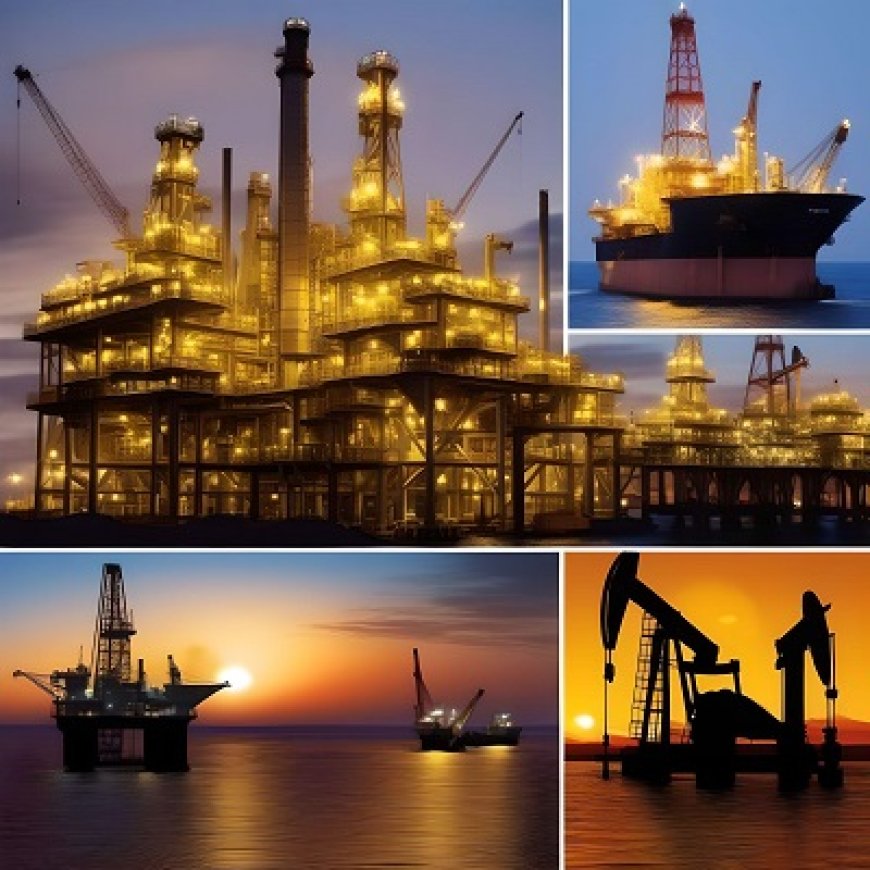Oil extraction and production companies are beginning to use artificial intelligence in their operations.
In a recent experiment, a shale oil field in the United States was managed using artificial intelligence software.

In a recent experiment, a shale oil field in the United States was managed using artificial intelligence software.
The artificial intelligence software is supposed to streamline the necessary commands and reduce drilling time by 30%.
Use cases can reduce oil exploration costs by between 10 and 50%.
The oil industry has long used artificial intelligence for supportive tasks such as assessing seismic surveys, while human operators handle drilling and hydraulic fracturing operations.
However, companies are increasingly relying on AI, machine learning, and remote operations in their processes to drill faster, suggest better hydraulic fracturing methods, and predict the timing of active well pump failures.
The use of AI technologies aims to reduce costs and assist in extracting more oil from the ground, thereby counteracting the efforts of oil-exporting countries aimed at reducing oil production and raising prices.
One of these technologies is the artificial intelligence software for managing oil fields provided by Corva, which the company claims will save human operators 5,000 commands during drilling operations while accelerating drilling by at least 30%.
This software managed an oil field in North Dakota, United States, where it sent instructions via satellites and made rapid, instantaneous decisions for drilling through rocks in the easiest way possible.
Although this technology is still experimental worldwide, North America may be the ideal place to explore this type of technology, as both the United States and Canada possess significant reserves of shale oil, which is typically harder and more expensive to extract than conventional oil fields.
Currently, the United States is the world's largest oil producer, largely due to its reserves of shale oil on one hand, and the increasing use of technology to reduce production costs on the other.
It's worth noting that the use of artificial intelligence is not limited to shale oil fields alone; it extends to other types, with offshore oil fields being a prominent example. In January, Schlumberger, the world's largest oilfield services provider, announced that it had autonomously drilled portions of five wells off the coast of Brazil, resulting in a 60% acceleration in drilling.
Furthermore, existing uses of artificial intelligence include monitoring pump and pipeline data, verifying oil well capacities, and more.

 admin
admin 